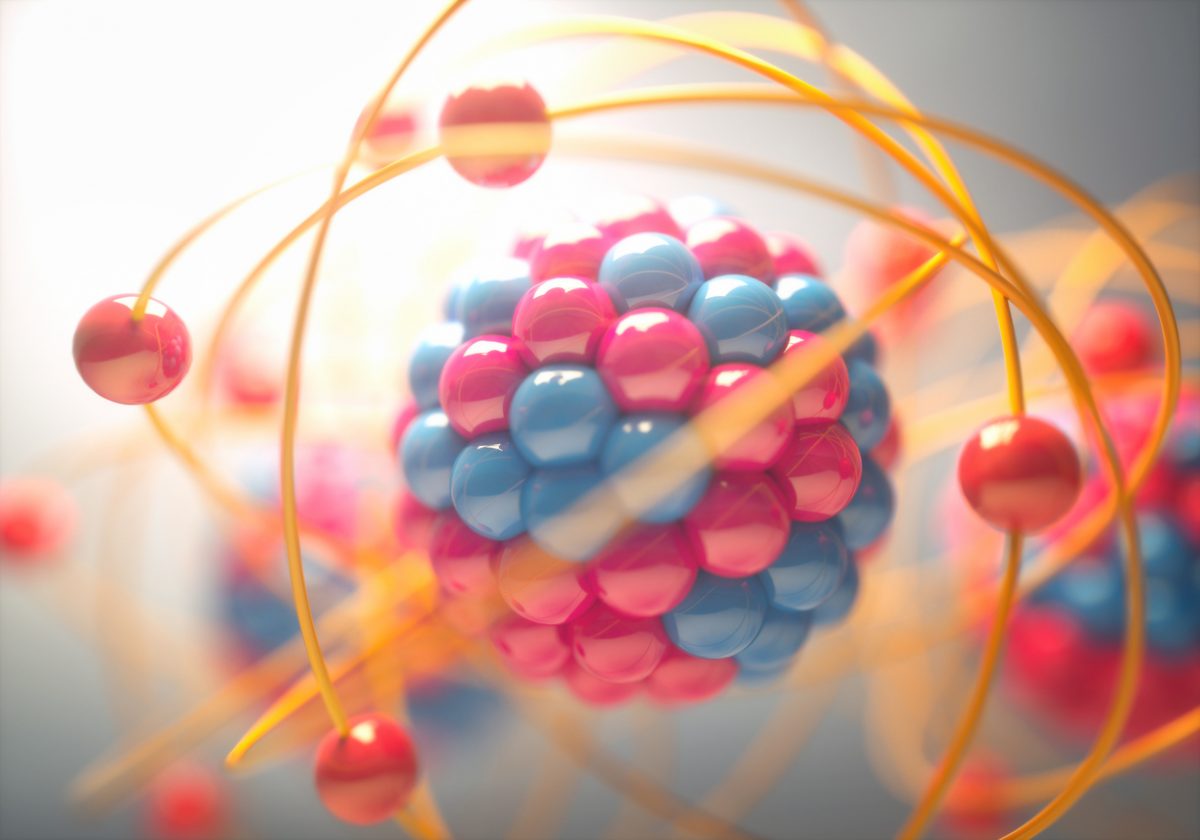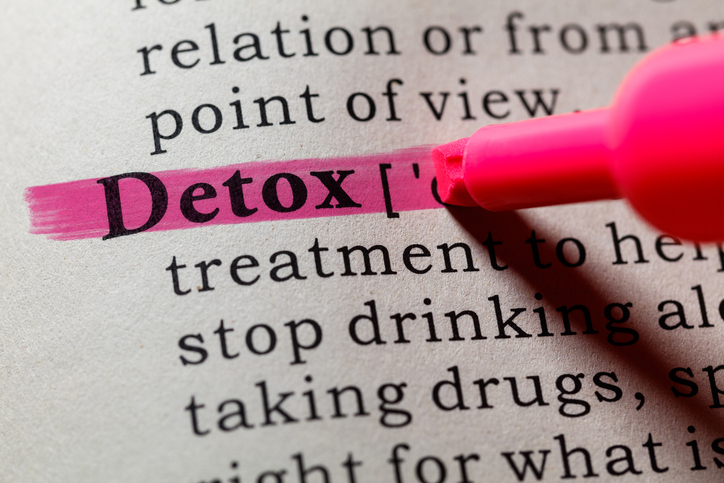
It’s hard to draw the line between drug use, and drug addiction. There is no such thing as a one-hit addiction – addiction happens over repeated usage. And while using a drug can prime your brain for more of its usage, the cycle of addiction does not begin until a behavior has already been established, which takes time. However, that time may be over faster than you might think, and so called “recreational use” can quickly turn into addiction. It’s important to make a distinction between the two, and understand that no one is immune from addiction just because they feel like they’re in control over their usage. A drug is a drug, and it’s always dangerous.
The Difference Between Recreational Use And Addiction
Addiction and recreational use are differentiated by the ability to stop at any time. Someone who is addicted can’t stop without a great amount of effort and, often, some help. Someone who attempting to practice recreational use, on the other hand, could be asked to stop and probably would be able to without much of an issue.
There would be signs of withdrawal, but they would be minor, and the difficulty of stopping wouldn’t be that of addiction, which involves intense cravings and irritability.
Drug addiction and recreational use can also be differentiated by the effect they have on a person’s lifestyle and personality. For example: someone who uses a drug recreationally at first may not have a problem with incorporating it into their life. However, addiction often implies that the damage being caused by a person’s drug use is becoming increasingly unavoidable, and more troubling. Someone struggling with addiction might burn through their relationships, lose their job and even end up in the emergency room more than once because of their habit.
Someone practicing recreational use might have the ability to see when their usage is beginning to be a problem, and curb it to avoid getting caught, or to lessen the effect it has on their life, though that is never guaranteed to be the case.
The Key to Preventing Addiction
Substance addiction can only be prevented in one way: by not using drugs. Recreational use is only one step on the path to addiction, and the only way to keep that from happening is to stop using altogether. And if you find that you can’t, then you may already be on the path to a long and tough addiction.
We have all heard about how alcohol can be used “in moderation”. While alcohol is a drug, it is different from other more dangerous and potent substances, such as prescription medication, illicit substances like heroin, or even potentially deadly drugs like fentanyl.
Alcohol can be addictive, and thousands of Americans struggle with alcoholism every day. To them, the only answer towards long-term sobriety is to never have a drop, ever again. But for the millions of other Americans who do drink responsibly, the idea that addiction can only be prevented through abstinence seems contradictory.
Coffee is a drug. Caffeine is psychoactive, and going from heavy caffeine use to a caffeine intake of zero can lead to intense drowsiness, headaches and other withdrawal issues for several days. However, you can “recreationally” drink coffee.
The key is understanding the difference in addictiveness across the spectrum of psychoactive substances, so you know what to stay away from at all costs, and what to be aware of. Caffeine isn’t inherently dangerous in coffee and tea, but drinking copious amounts of coffee with milk and sugar can lead to unnecessary calories in your day, and interfere with your sleeping cycle. Processed caffeine sources, like energy drinks, can even affect your heart and worsen existing cardiac conditions – and in very rare cases, contribute to your death.
A drug like fentanyl requires little more than a few specks inhaled through the air to cause serious damage, and send you to the medical room. Crack cocaine and methamphetamine are incredibly addictive, and can cause brain damage. Also prescription drugs like anti-depressants can kill you. There is no such thing as “recreational use” when it comes to these kinds of substances.
Why Teens Use Drugs More Often
There is a reasonable explanation as to why teenagers are more susceptible to recreational use of drugs than adults, and why they tend to struggle with addiction for years. On one hand, teenagers are going through tough times. They’re learning to deal with their emotions, their bodies, their peers. It’s frustrating, and difficult.
While children generally seek approval, and nurturing from their parents, teenagers often revolt from their parents influence to gain independence. Sometimes, their behavior can be downright nonsensical, outside of the point of view of “rebellion”.
Beyond that, teenagers struggle to understand long-term risk. They are more likely to engage in risky behavior to impress their peers, often ignoring the potential dangers involved in that behavior. Sometimes, impressing your friends might mean taking something. Many teenagers aren’t secure enough to pass up on a challenge that might solidify their standing among peers.
Of course, teenagers are not the only people using drugs, or getting addicted. But they are more susceptible to it, for these factors and others.
Why Addiction Is So Hard To Break
The defining difference between addiction and recreational use is the inability to stop. But why is addiction so hard to break? That’s a question many people have, and it does not have an easy answer.
There are several reasons, some tied to a person’s brain, others tied to their emotions and psychological state. Sometimes, people have a tough time breaking from an addiction because of the protection afforded by being high. In other cases, their brain has rewired itself to crave the substance, and they must deal with thinking about it day and night.
Breaking an addiction always takes a lot of time. And it’s always up to you to ultimately dedicate yourself to your own recovery long enough to avoid a relapse. But it’s much easier to fight this fight with others helping you along the way, keeping you motivated during the worst of times, and encouraging you to keep improving and working on yourself during the best of times. Recovery can last a life time – but that doesn’t mean you can’t spend it well, enjoying yourself and making beautiful memories along the way.





